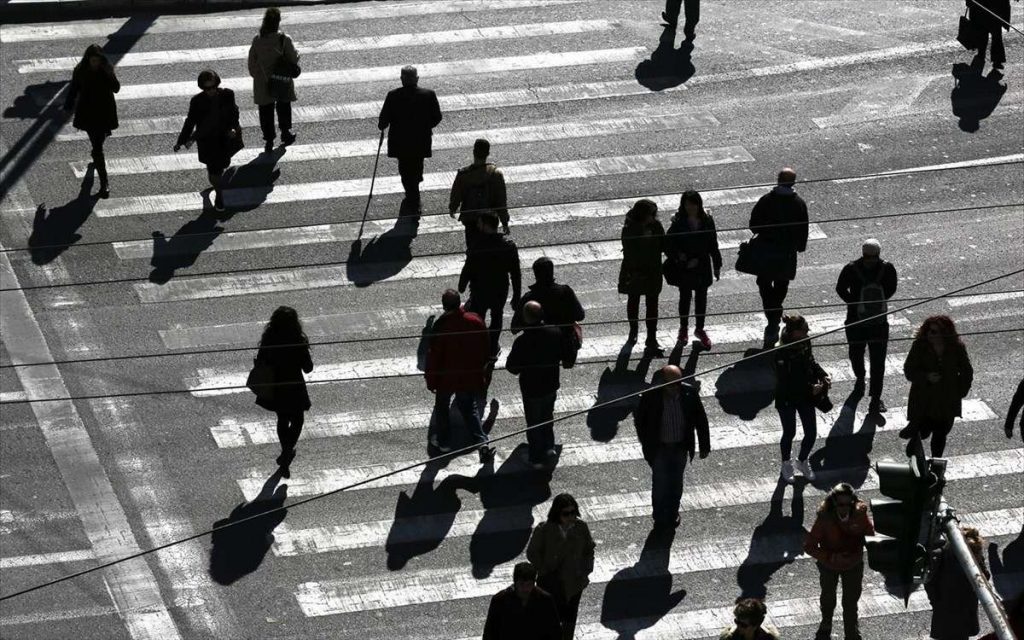The sweltering heat wave that gripped Greece in early June brought to light the long-standing issues with the country’s public school infrastructure. As temperatures soared to a blistering 42 degrees Celsius, images of concerned parents hauling in portable fans to AC-free classrooms became a stark symbol of a broader crisis. This is merely one example of the many that have plagued the Greek education system for decades.
Chronic Infrastructure Issues
This particular heat wave incident occurred in prefabricated classrooms that have served a high school in eastern Thessaloniki for a decade due to structural problems with the main building. Without air conditioning, students were left to endure the stress of their national exams and the oppressive heat. The school administration had to appeal to parents to provide fans to help students stay cool and perform their best.
Yet, this is not a standalone case. Around the same period, a student at Athens University collapsed during exams, underscoring the severe infrastructural deficiencies.
In March of the previous year, a high school in Vyronas had to shutter temporarily after large chunks of plaster fell off the ceiling, injuring one student and narrowly missing another.
Such incidents vividly illustrate the current state of disrepair in schools across the nation, revealing a disturbing trend of neglect that compromises the safety and well-being of students, educators, and staff alike.
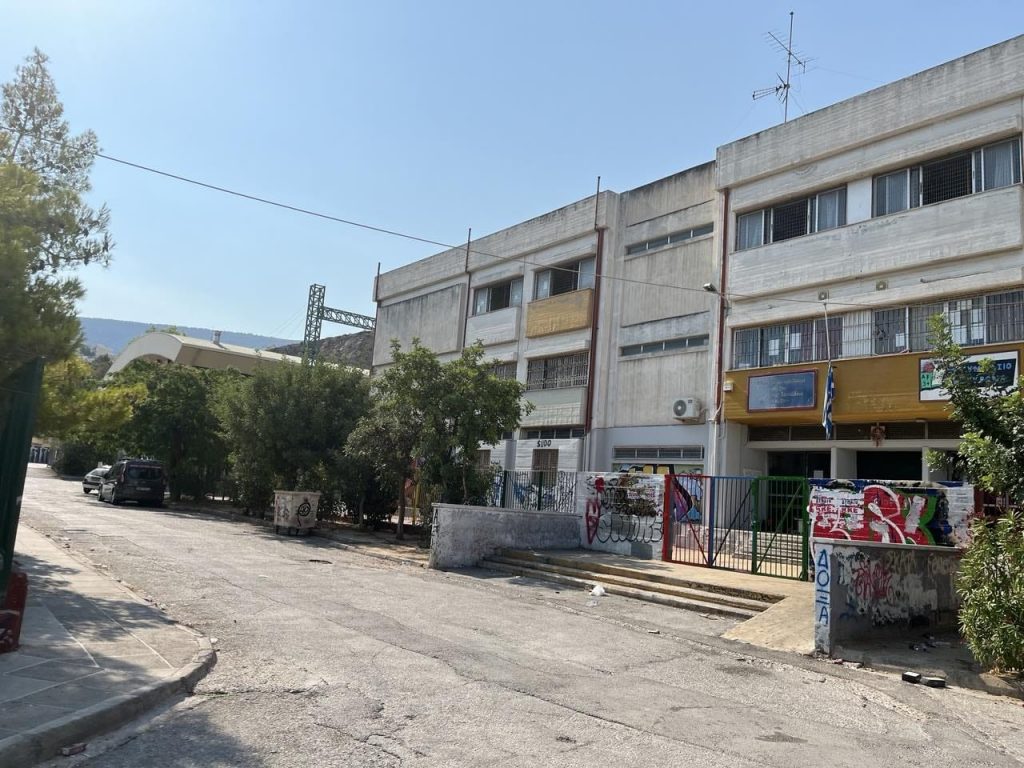
Impact of the Economic Crisis on Greek Education
The economic crisis had a profound effect on public spending, including Greek education. By 2013, Greece’s poverty rate had surged to just over 23.1%, according to Eurostat, with educational institutions bearing the brunt of the austerity measures. Funding cuts left schools unable to cover their basic operational needs and forced to grapple with everything from heating and staff shortages to insufficient technological resources and support services. The merger of schools further exacerbated the strain, leading to overcrowded classrooms.
OECD data from 2018 reveals that Greece’s public spending on higher education was a mere 0.9% of total government expenditure, starkly lower than the OECD average of 2.2% and the EU22 average of 1.8%. Greece ranked 18th out of 27 EU countries in education spending, allocating only 4% of its budget to education—well below the EU average. Despite the passing of nearly a decade since the crisis peak, education funding remains stagnant, as reflected in the 2024 budget.
Municipal Control and Underfunding
The transfer of responsibility for school maintenance and operational costs to municipalities has only compounded the problem. Often unable to access the required funds from their central budgets, municipalities have struggled to provide essential supplies and services. This has led to school directors assuming multiple roles to keep institutions functional and parents shouldering additional costs.
The consolidation of the School Buildings Organization (OSK) into the Public Properties Company (HPPC) resulted in more than 70% cuts to the School Housing budget, further straining already limited resources.
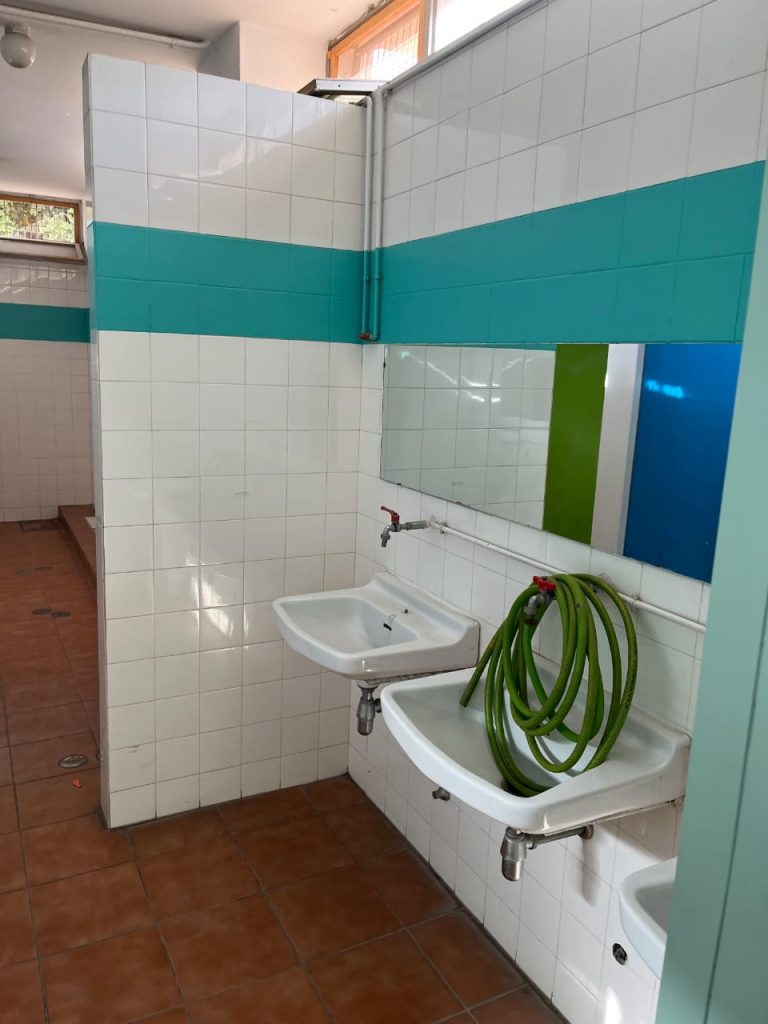
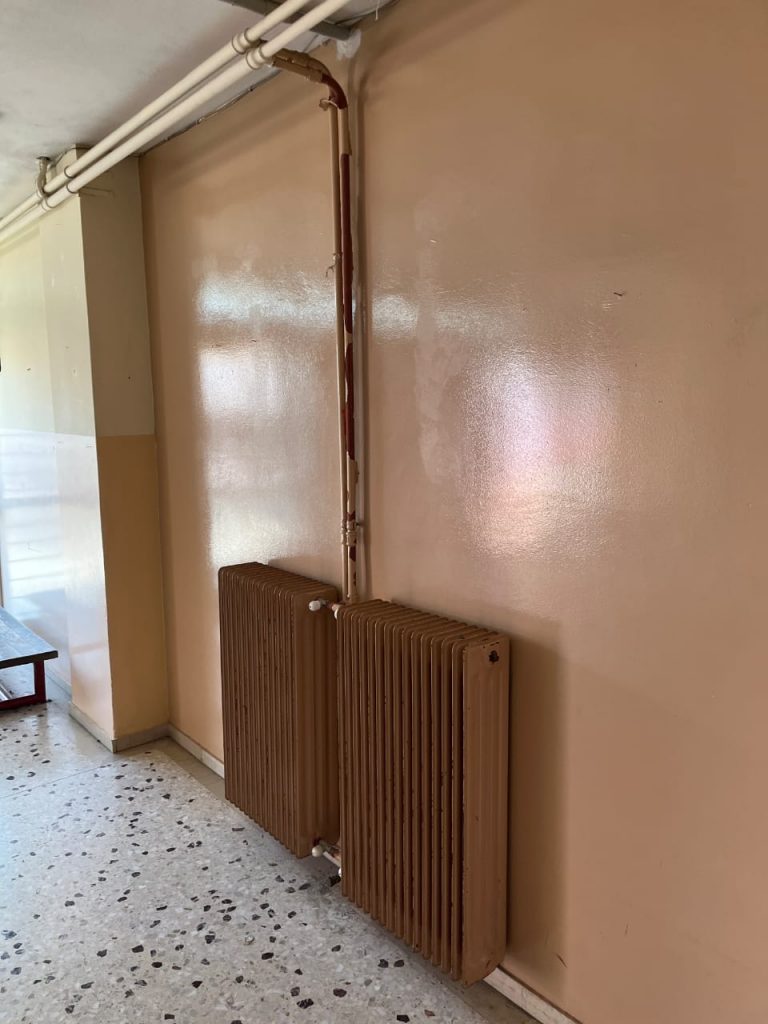
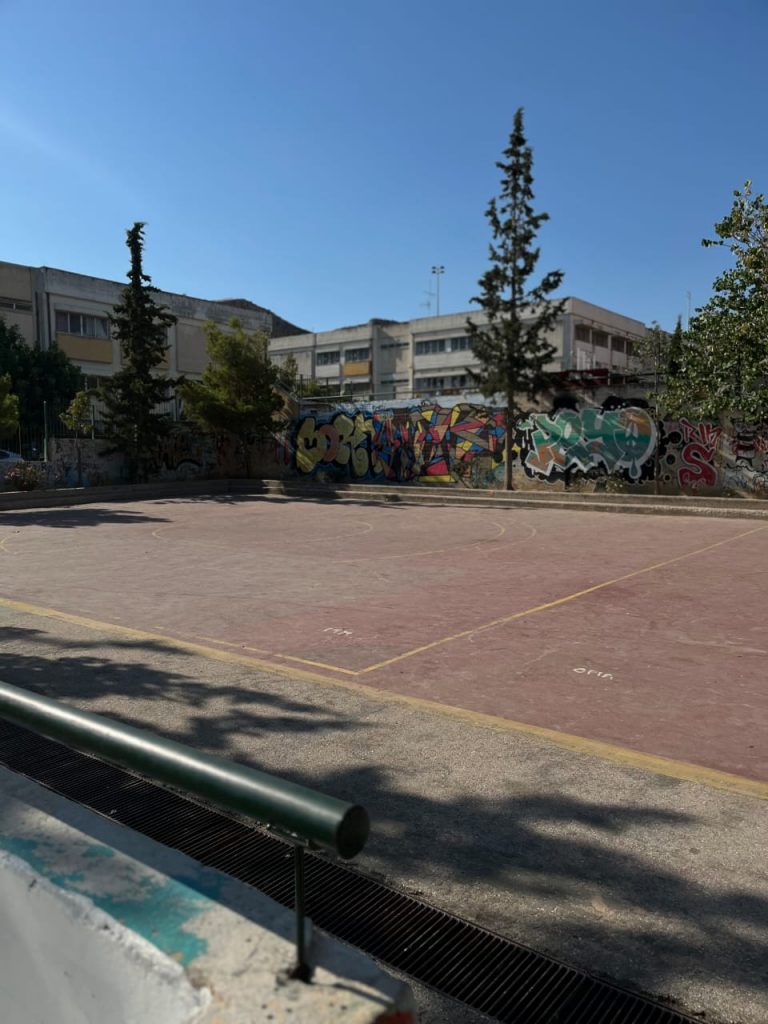
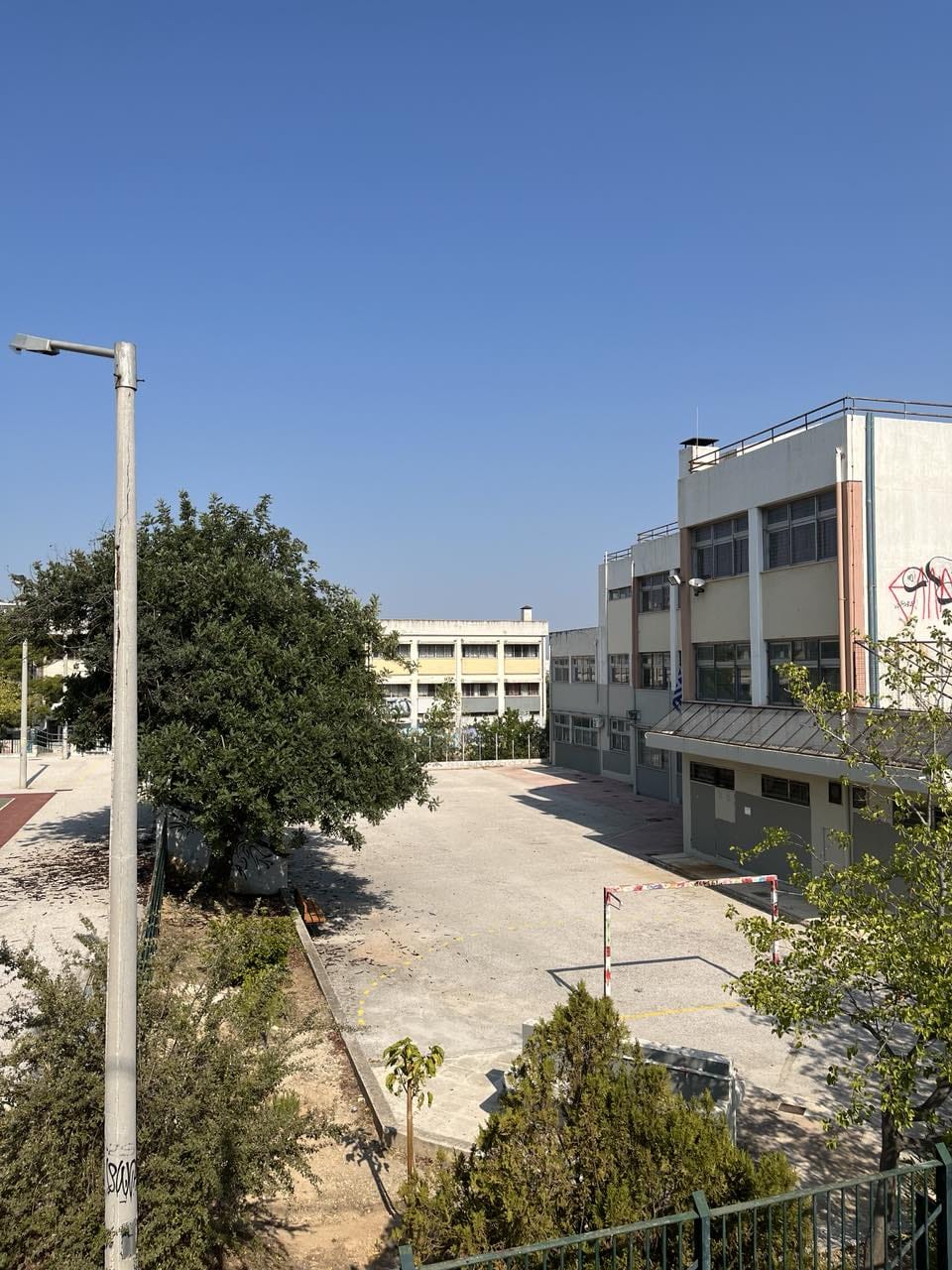
Pandemic Highlights Technological Deficiencies
The COVID-19 pandemic exposed glaring deficiencies in school technology. The government’s focus in recent years on the need to evaluate teachers in primary and secondary education has overshadowed the critical deficiencies in the infrastructure and technology modern schools require. However, the COVID-19 pandemic and subsequent school lockdowns would shine an unforgiving light on these deficiencies. The Ministry of Education, without a coordinated national plan, hastily called for national online learning through the Webex platform, expecting teachers to adapt overnight without prior training.
The situation was exacerbated by the inadequate technological capacity of many schools. For example, the 5th Elementary School of Vyronas, built in the early 1980s, is one of many schools across Greece with outdated computers that couldn’t support the new platforms. Additionally, the school’s internet speed was insufficient to support more than two computers at once. As a result, teachers had to use their home computers—if they had one—and pay for their internet connection out of their own pocket.
Private Education
The latest report by the Hellenic Statistical Authority, “Greece in Figures January – March 2024,” reveals a steady rise in the number of students attending private schools over the past three years. Conversely, public elementary schools saw an 8.5% decline in student numbers from 2019 to 2022, while private elementary schools experienced a 6.8% increase over the same period.
This trend extends to secondary education as well. Public junior high schools enrolled 297,293 students in 2018, increasing to 311,111 in 2021—a 4.64% rise. Meanwhile, private junior high schools saw student numbers grow from 15,311 to 17,471, marking a significant 14.1% surge.
Despite the high tuition costs, Greek families are increasingly opting for private education. This preference is driven by better organization, modern facilities, advanced technological equipment, and comprehensive sports amenities that private schools offer. Additionally, these institutions host a variety of extracurricular clubs that help children develop diverse skills and provide a secure environment that reassures parents.
Special Needs Education in the Greek Education System
Special education, meanwhile, continues to struggle with inadequate staffing and resources. According to the Hellenic Statistical Authority (ELSTAT), while the number of primary education school units increased slightly in the 2021/2022 school year, the number of secondary education units remained unchanged. However, there was a notable rise in student enrolment, with primary education seeing a 1.0% increase and secondary education a 1.7% boost. This mismatch between growing student numbers and stagnant facilities exacerbates the difficulties faced by special education.
In 2023, only 14,484 temporary teachers and special education staff were hired, falling short of the requirements posed by the growing student population. Additionally, the Parallel Educational Support provided in schools is insufficient to meet student needs, compelling parents to seek private alternatives if they can afford them.
What is more, transport issues further complicate the situation, with many children unable to attend school due to delays in hiring drivers and escorts for specially equipped school buses.
Conclusion
The urgent need for investment in the Greek education system is, therefore, clear. Addressing crumbling infrastructure, ensuring consistent and adequate funding and modernizing technological resources loom as essential steps.
